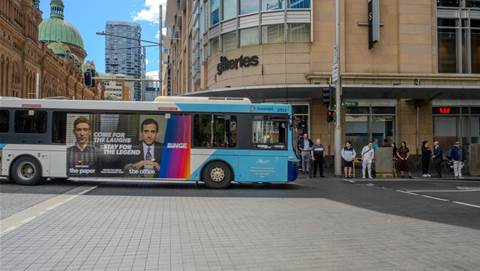
Port operator DP World will add two new automatic stacking cranes to its semi-automated port in Brisbane in early 2017.
The firm last year unveiled the result of a $250 million investment to upgrade its Port of Brisbane container terminal to operate semi-autonomously.
At the time it had purchased 14 automated stacking cranes (ASCs) from Cargotec subsidiary Kalmar, which it uses to stack containers in the yard. The robot cranes are operated from a central control room.
Kalmar over the weekend revealed DP World had placed an order for two new robot cranes, to be delivered in 2016 and be operational by January 2017.
DP World general operations manager Glenn Wayne said in a statement the addition of two new robot cranes would result in a 14 percent increase in yard stacking capacity and provide an extra five truck lanes, which would reduce truck turn times across all shifts.
Once a container is offloaded from a ship using standard cranes, it is brought to the automated stackers for sorting and placement.
The robot cranes use position detection systems to ensure the containers are placed in the right location, both in exchange zones and under the normal cranes.
When the original Kalmar equipment contract was signed, DP World said it expected the use of the ASCs would cut energy usage at its port site by 30 percent.
Its 2014 $250 million technology investment also included the rollout of a Navis SN4 operating system across the entire terminal, new vehicle booking and boom gate operating systems, a weighing system, and improved wi-fi and security networks.
DP World Australia is one of three stevedoring tenants of the Port of Brisbane. Fellow operator Patrick also uses automated machinery made by Cargotec.





.png&h=140&w=231&c=1&s=0)



.png&w=100&c=1&s=0)

 Digital Leadership Day Federal
Digital Leadership Day Federal
 Government Cyber Security Showcase Federal
Government Cyber Security Showcase Federal
 Government Innovation Showcase Federal
Government Innovation Showcase Federal
 Digital NSW 2025 Showcase
Digital NSW 2025 Showcase












_(1).jpg&h=140&w=231&c=1&s=0)



